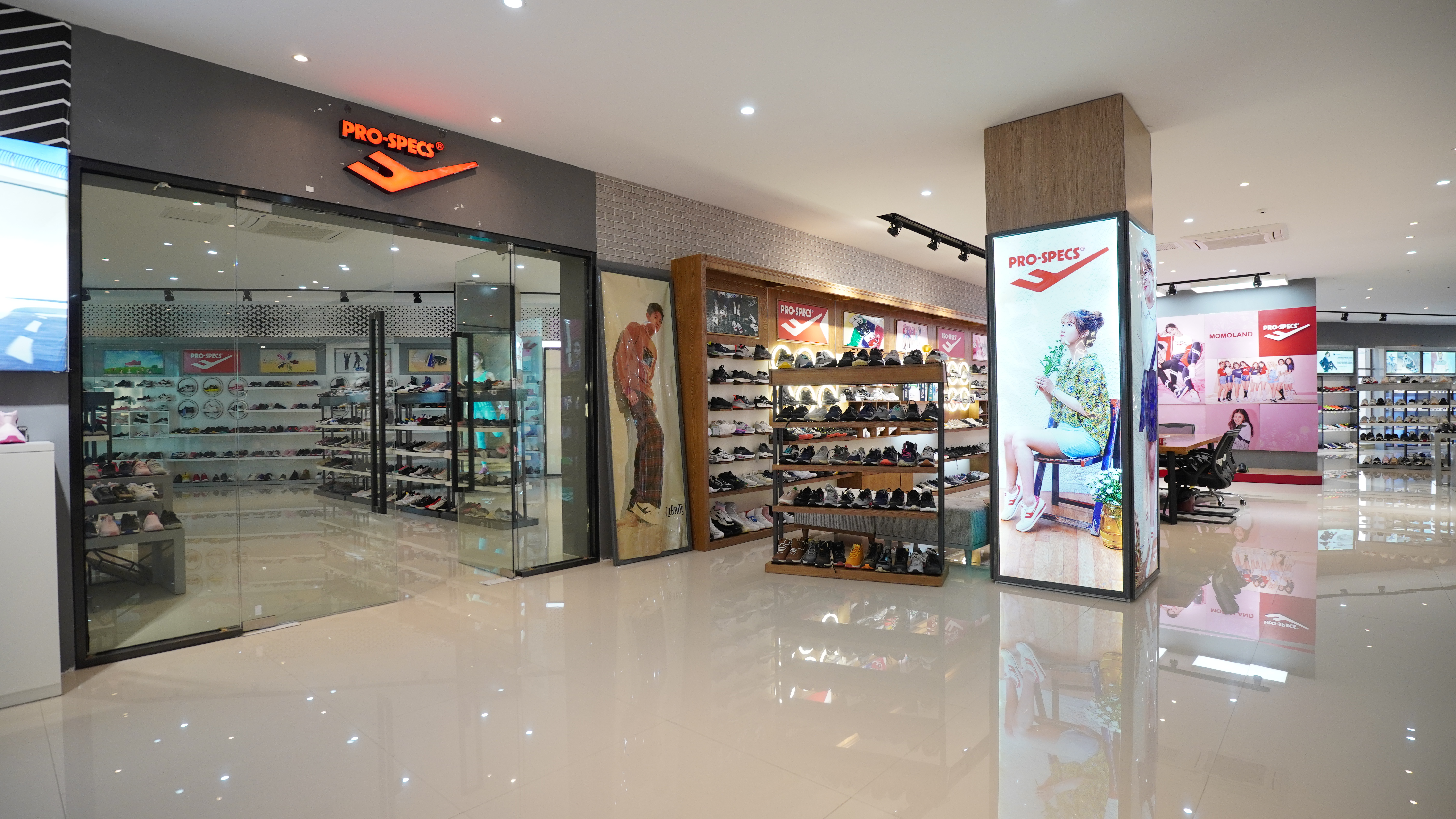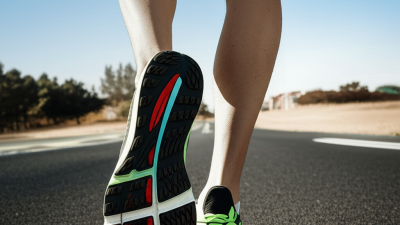
Finding the perfect running shoes can make a significant difference in your overall running experience, impacting not only your performance but also your comfort and injury prevention. The benefits of selecting the right type of running shoes are numerous; they enhance your natural stride, provide necessary support, and improve shock absorption.
 Whether you're a casual jogger or a serious marathon runner, understanding the various types of running shoes available can aid you in making an informed decision. In this blog, we will explore different categories of running shoes, discuss their specific advantages, and offer
solutions that cater to your unique needs. By identifying what features to look for, you can ensure that your next pair of running shoes not only fits well but also propels you toward achieving your fitness goals.
Whether you're a casual jogger or a serious marathon runner, understanding the various types of running shoes available can aid you in making an informed decision. In this blog, we will explore different categories of running shoes, discuss their specific advantages, and offer
solutions that cater to your unique needs. By identifying what features to look for, you can ensure that your next pair of running shoes not only fits well but also propels you toward achieving your fitness goals.
Understanding your foot type is essential when selecting the perfect running shoes. Everyone's feet are unique, and knowing whether you have flat, neutral, or high arches can significantly influence the comfort and support of your running experience. Flat-footed runners often benefit from shoes with motion control features to prevent overpronation, while those with high arches typically require more cushioning to absorb impact and provide stability. Neutral runners have a bit more flexibility in shoe selection, as they can comfortably wear a variety of models.
Moreover, assessing your foot's width is crucial. A shoe that fits well in length but is too narrow or too wide can lead to discomfort and even injury over time. Many brands offer various widths, so it's worth trying on different styles or consulting sizing guides specific to each manufacturer. Additionally, consider factors like the surface you'll be running on, as trail running shoes differ from road running shoes in terms of grip and tread design. By understanding your foot type and the specific needs that arise from it, you can choose running shoes that will enhance your performance and overall enjoyment of the run.
Finding the right balance in cushioning is crucial when it comes to selecting the perfect running shoes. Many runners often overlook this aspect, focusing solely on style or brand. However, the cushioning of a shoe significantly impacts not only comfort during your run but also your overall performance and injury prevention. A well-cushioned shoe absorbs shock and provides support, allowing you to run longer distances without discomfort or fatigue.
When considering cushioning, it's essential to recognize that different types and levels of cushioning serve different purposes. For instance, minimalist shoes offer less cushioning for a more natural feel, which can be beneficial for experienced runners seeking a ground connection. Conversely, shoes with maximum cushioning can help novices or those recovering from injuries by reducing impact on the joints. It’s vital for runners to test various cushioning levels, as personal preference plays a significant role. Whether you favor soft, plush cushioning or a firmer ride, finding that sweet spot will not only enhance your running experience but also keep you motivated to reach your fitness goals.
When evaluating running terrain, finding the right shoes is crucial to enhance comfort and performance. Different environments demand specific features from running shoes to ensure optimal support and breathability. For instance, trail running shoes have increased traction and durability to handle rough, uneven surfaces, while road shoes prioritize cushioning for smooth pavements. Consider your running habits and the surfaces you frequent to choose the right pair.
Tips for Selecting Running Shoes:
When it comes to selecting the perfect running shoes, nothing beats the experience of trying them on in-store. In-store fitting sessions allow you to assess comfort, support, and fit, ensuring that your investment is worthwhile. A knowledgeable staff member can provide insights based on your running style and foot type, helping you navigate through various brands and models. This personalized attention often results in a more satisfying shopping experience.
Here are some helpful tips for making the most out of your fitting session. First, wear the same socks you plan to wear while running to get an accurate feel of the shoe’s fit. Additionally, ask to run on the store's treadmill or around the block if possible; this can reveal how the shoes perform in real-life conditions. Finally, don’t hesitate to try on multiple pairs, as what works for one person may not work for another.
Finding your perfect running shoe is a process, and taking the time for an in-store fitting session can make a significant difference. Not only will you have a better understanding of what to look for, but you’ll also leave with a pair that caters to your specific needs, enhancing your overall running experience.
This chart illustrates the key benefits of in-store fitting sessions for selecting running shoes. Each bar represents the percentage of runners who agree with the various advantages of trying shoes before purchasing.
When you embark on the quest for the perfect running shoes, seeking guidance from a running specialist can significantly enhance your decision-making process. According to a report by the American Academy of Podiatric Sports Medicine, nearly 75% of runners experience injuries related to improper footwear. A knowledgeable specialist can assess your gait, foot type, and running style, allowing you to make informed choices that minimize the risk of injury and improve performance.
Additionally, the Running Industry Association's annual report indicates that personalized fitting services lead to a 30% increase in customer satisfaction among runners. By consulting professionals who understand the nuances of biomechanics, you not only gain access to specialized knowledge but also benefit from customized recommendations based on your individual needs. Engaging with a running specialist can ultimately unlock your potential, making the selection of your next pair of running shoes a much more effective endeavor.
